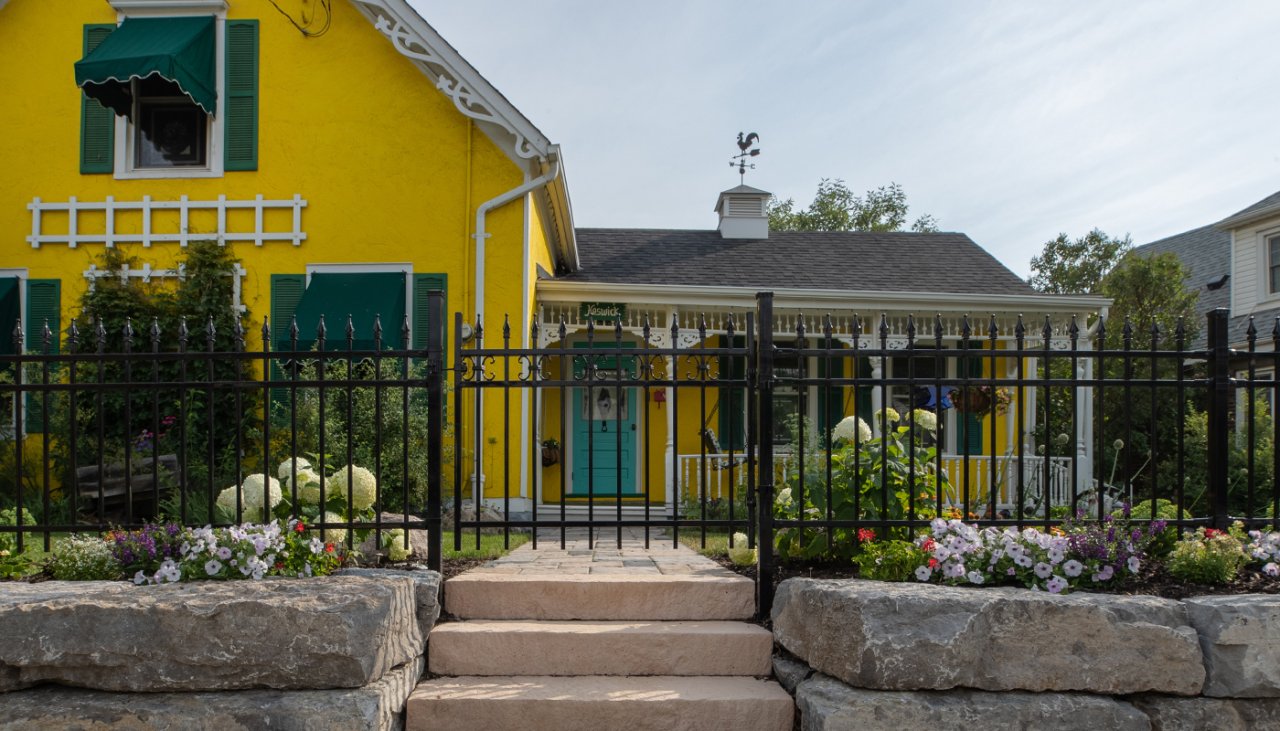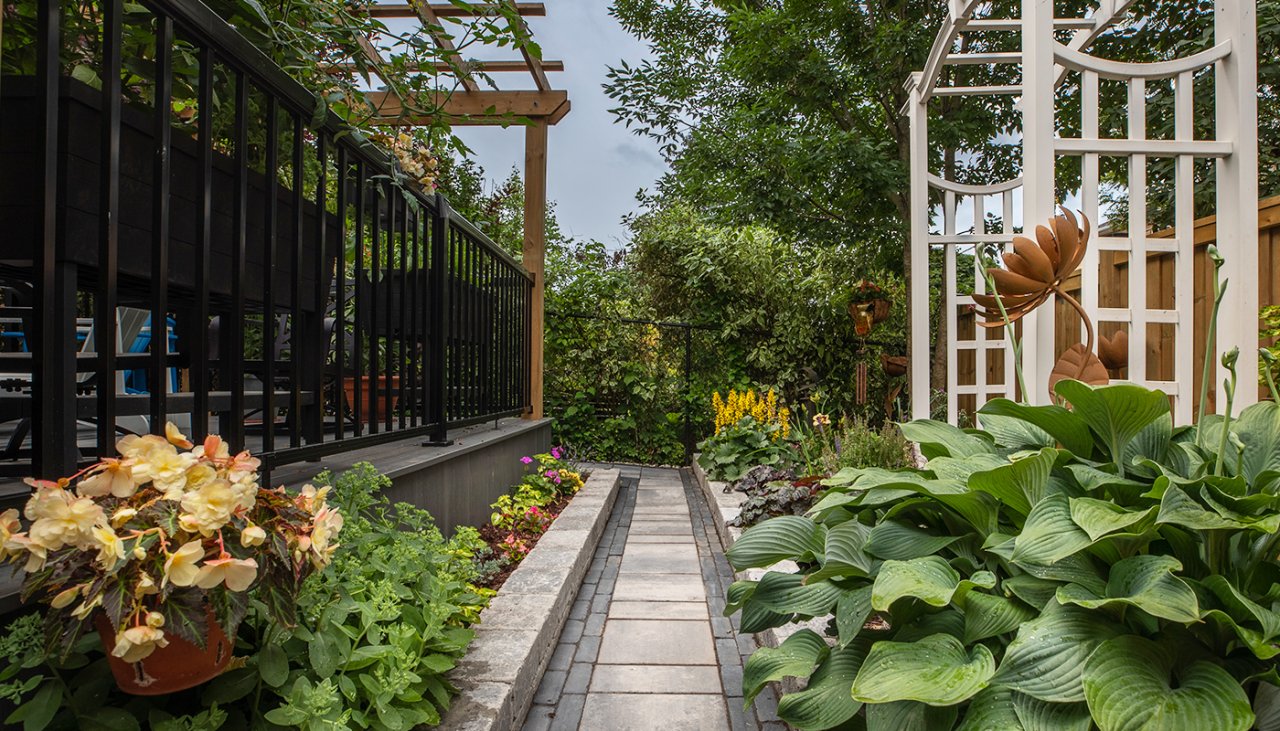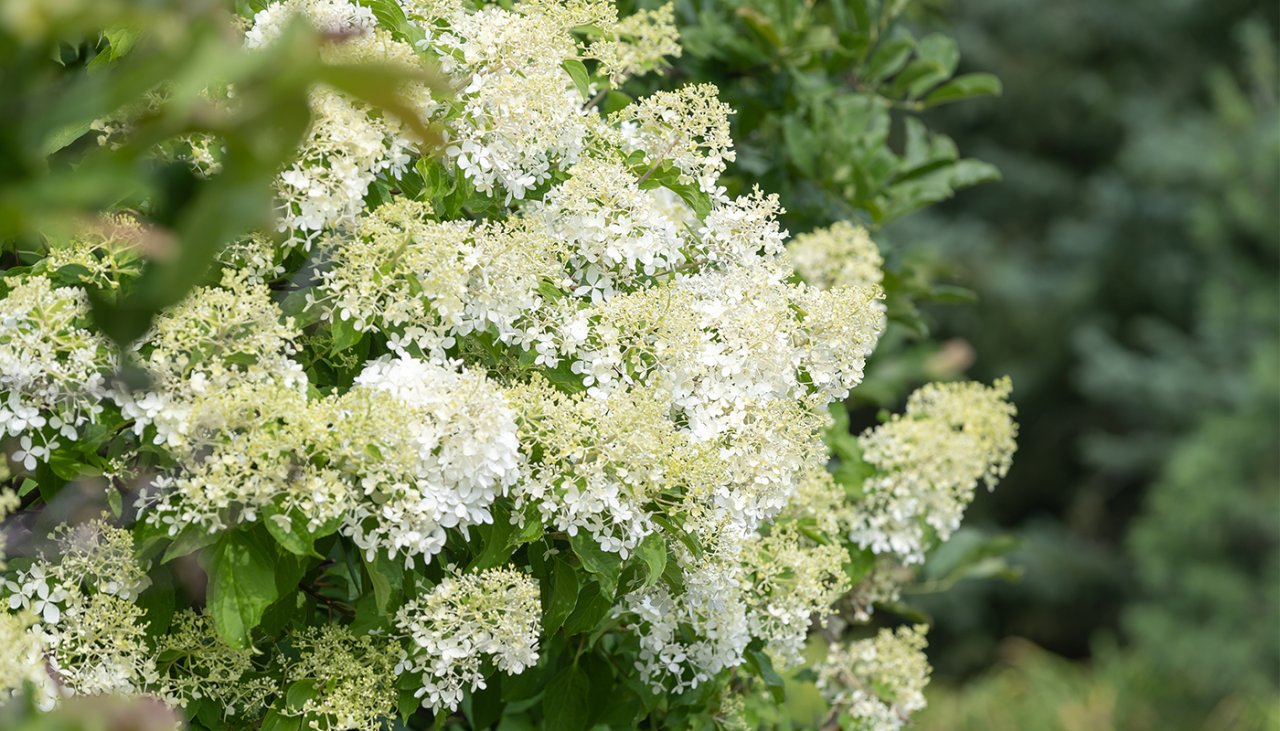The Unique Blog
How to Choose the Perfect Plants for Your Hamilton Garden

Gardening can be a rewarding and enjoyable activity. But there are so many different types of plants available — each with its own set of requirements and characteristics — that choosing the right ones for your garden can be a daunting task. To help you make the decision easier, here are some things to consider when choosing garden plants.

Climate and weather conditions
The climate and weather conditions in your area play a big role in determining which plants will thrive in your garden. Each plant has its own specific needs, such as the amount of sunlight it needs, its favoured temperature range, or whether or not it can withstand a dry spell.
Be aware of the climate and weather patterns in your area and choose plants that are well-suited to those conditions. Plants sold in nurseries come with a tag that has most (if not all) of this information right in the pot. It’s helpful to know the hardiness zone you’re in too… here in Hamilton, it’s generally 6b.
Soil type and quality
Some plants prefer well-drained, sandy soil, while others thrive in soil with more clay. And almost all plants do well in loam, which is a combination of the two. Loam is considered the most desirable soil for gardening — in fact, loam is so good, I remember reading an article in the Spectator (local Hamilton paper) many years ago about a man who spent thousands replacing all the soil in his yard with it!
If you don’t want to go to that extreme, it is possible to amend your soil by adding organic matter before planting. This helps sandy soils retain water and breaks up heavily compacted clay soils.
The best way to know what type of soil you have in your garden is to have it tested. A soil test will determine its composition, as well as its pH level and nutrient content.
Purpose and design
What do you want your garden to look like and what purpose will it serve? Do you want to grow vegetables, herbs, flowers or a combination of all three?
Are you looking for a low-maintenance garden or are you willing to put in the effort needed to care for high-maintenance plants?
Do you want a garden that attracts wildlife, such as butterflies or birds?
Knowing the answers to these questions can help you choose plants that will fit your needs and design preferences.

Size of plants at maturity
When choosing plants, be sure to consider how large they’ll be at maturity. Don’t plant shrubs six inches away from each other if they’re going to spread to three feet in a few years! Be sure to choose plants that will fit the space you have and won't overcrowd your garden.
It’s also important to note the height of the plants you choose — when planting a border you want to make sure to put the taller ones in the back. This information should also be on the tag in the pot.
Maintenance and care
Just like people, some plants require more maintenance and care than others, so be sure to consider your willingness and ability to care for your plants when choosing them.
If you're looking for low-maintenance plants, choose varieties that require minimal watering and pruning and are resistant to pests and diseases. I know someone who only buys plants that specifically say “drought tolerant” on the label.
Another factor that’s often overlooked is how invasive a plant is… mint, I’m looking at you! If you’re not careful, an invasive plant can quickly overtake your garden. You can still grow these plants — just be sure to plant them in containers so they don’t misbehave.
Bloom time and colour harmony
If you’re planting a perennial garden or border, it’s best to stagger the bloom times of your plants so you don’t end up with a spectacular spring garden and a “meh” garden the rest of the summer.
Taking the time to plan your garden will give you beautiful blooms all season long. If you like a little more colour, you can punch up your perennial garden by adding some annuals to the mix. Most annuals bloom from early summer to frost.
If you want your garden to feel harmonious, choose colours that complement each other — and don’t forget the value of all the gorgeous foliage plants out there!
If you’re having trouble choosing your plants you can always ask a staff member for help and recommendations. But keep in mind… just because someone’s working in the plant department it doesn’t necessarily mean they’re expert gardeners.
You’re also free to reach out to us to help design, plant and care for your gardens… we’re always happy to help!